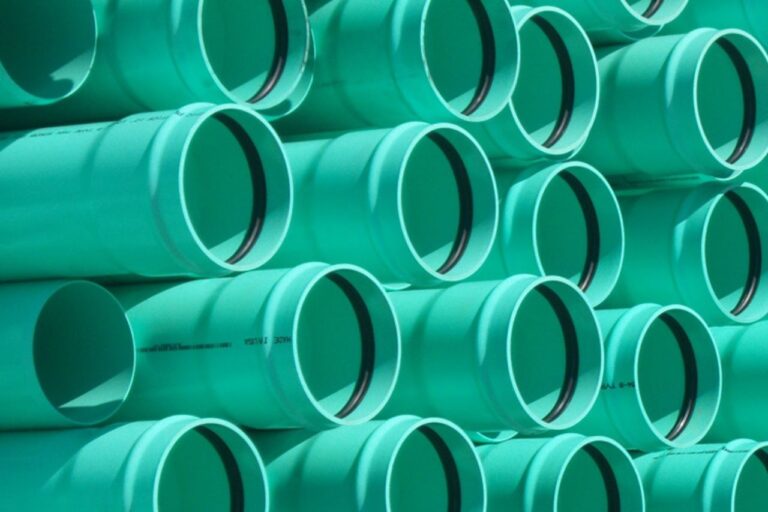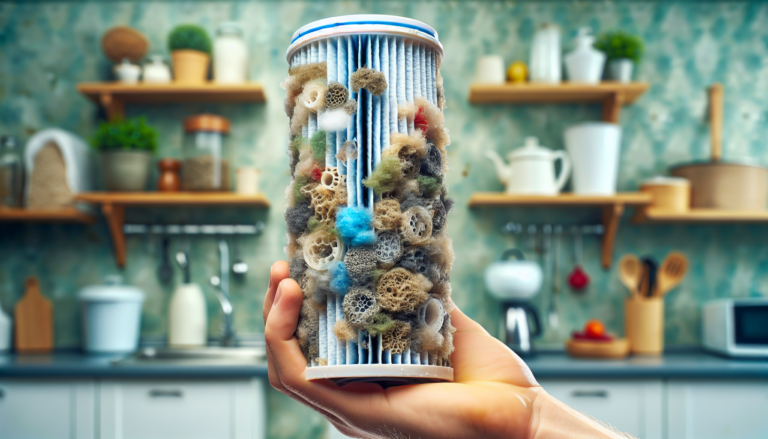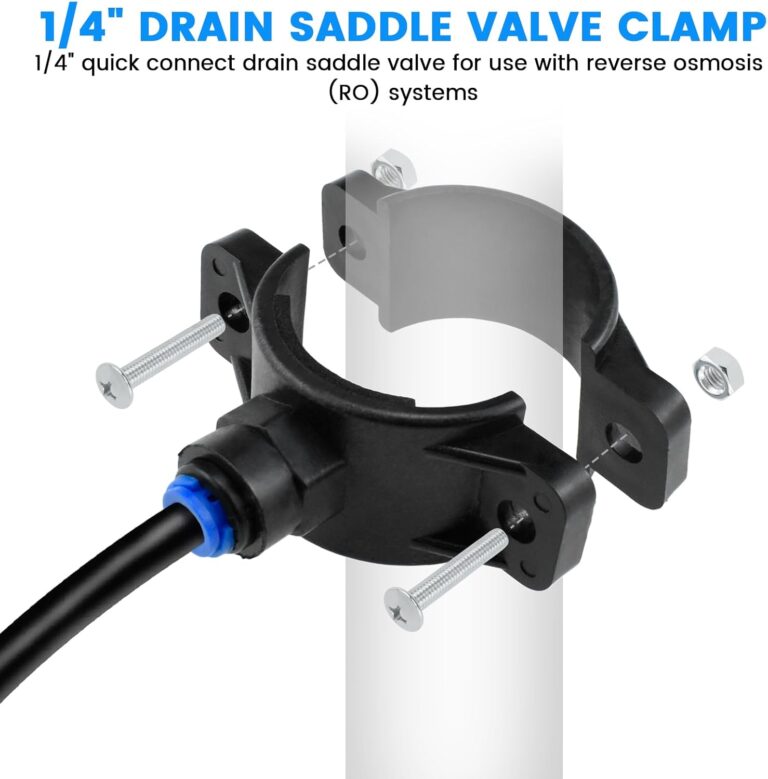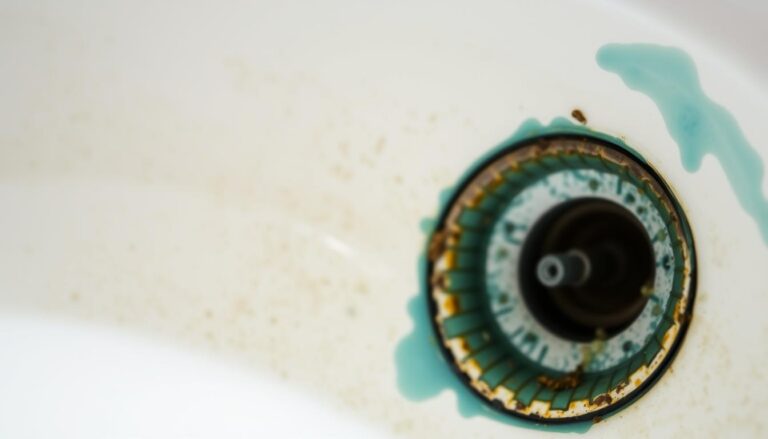Understanding Anti-Scald Mixing Valves for Home Safety
Have you ever stepped into a shower, expecting a soothing experience, only to be jolted by water that’s too hot or too cold? It’s a disruptive surprise that many have faced, but fortunately, there is a solution: anti-scald mixing valves. These devices play a crucial role in home safety, ensuring that water temperatures stay within a safe and comfortable range. In this article, you’ll gain a comprehensive understanding of how anti-scald mixing valves work, their benefits, and how they can enhance the safety of your home.
What Are Anti-Scald Mixing Valves?
You might be asking yourself, what exactly is an anti-scald mixing valve? In simple terms, it’s a valve installed in your plumbing system designed to regulate water temperature and prevent scalding. By mixing hot and cold water to a pre-determined temperature, these valves help maintain a consistent, safe water temperature, even when other water use in your home fluctuates.

How Do Anti-Scald Mixing Valves Work?
Understanding the functionality of these devices can help you appreciate their importance. Essentially, anti-scald mixing valves blend your hot and cold water supplies to maintain a steady, user-set temperature. This is typically achieved through a thermostatic or pressure-balancing mechanism.
- Thermostatic Mixing Valves (TMVs): These valves react to changes in temperature, adjusting the mix of cold and hot water to maintain a consistent output temperature.
- Pressure-Balancing Valves: These focus on maintaining balance by adjusting for changes in water pressure from the supply lines. If the cold water pressure drops, for instance, the valve compensates by reducing the hot water flow, keeping the combined output temperature stable.
Benefits of Anti-Scald Mixing Valves
Installing anti-scald mixing valves is an investment in safety and comfort. They not only prevent painful burns that can occur from sudden bursts of hot water but also ensure a consistent showering or bathing experience. These benefits are particularly crucial for homes with young children, elderly individuals, or anyone with reduced sensitivity to hot temperatures.
Enhancing Family Safety
Scalding is not merely uncomfortable; it can lead to serious injuries. Children and seniors are particularly vulnerable, as their skin is thinner and more sensitive to heat. Anti-scald mixing valves provide an extra layer of safety, helping to protect your family from accidental burns.
Consistent Comfort
No more unexpected surprises as you adjust the faucet handle. With these valves, you can enjoy a consistently pleasant water temperature, making your daily routines more enjoyable and less stressful.
Types of Anti-Scald Mixing Valves
It’s important to note that not all mixing valves are created equal. While they serve the same purpose, they come in different types, each with distinct mechanisms and applications.
Thermostatic Mixing Valves (TMVs)
These are the most advanced form of anti-scald devices. They use a thermostatic element to regulate water temperature, providing precise control. You set the desired temperature, and the valve adjusts the water flow to maintain this setting, even if there’s a drastic change in water pressure or supply temperature.
Pros:
- Highly accurate temperature control.
- Provides a true anti-scald feature even with drastic water pressure changes.
Cons:
- Typically more expensive than pressure-balancing valves.
Pressure-Balancing Valves
These operate by regulating the pressure between hot and cold water supplies, ensuring consistent temperature output. They are simpler than TMVs and are often found in residential installations.
Pros:
- Cost-effective and widely used.
- Adequate for environments where water pressure changes mildly.
Cons:
- Less precise in maintaining exact temperatures compared to TMVs.
Installation and Maintenance
Having a grasp on the installation and upkeep of these valves can ensure they function effectively for years.
Installation
Installation of anti-scald mixing valves typically requires professional plumbing skills. This is because it involves integrating the valve into your existing plumbing system, and incorrect installation can lead to leaks or malfunction. It’s advisable to consult or hire a professional plumber to handle this task to guarantee proper setup.
Maintenance Tips
Once installed, mixing valves require minimal maintenance. However, regular inspections are recommended to ensure they are functioning correctly. Check for signs of corrosion, leaks, or any fluctuations in water temperature which could indicate a need for adjustment or replacement.

Regulations and Standards
Understanding the regulations and standards surrounding these devices can also be beneficial. In many areas, especially in new constructions or renovations, building codes require the installation of anti-scald devices. This is particularly true for environments catering to vulnerable populations, such as schools, hospitals, and care facilities.
Compliance with Building Codes
Ensuring compliance with your local building codes is crucial. Building codes are put in place to ensure safety and efficiency, and failing to comply can result in penalties or the need for costly retrofits. Checking with a local building authority or a knowledgeable professional can help ensure that your installation meets all necessary legal requirements.
Selecting the Right Anti-Scald Valve
Choosing the right anti-scald mixing valve for your home can elevate safety and comfort. Consider factors such as the number of water outlets, the range of water temperature fluctuations, and your specific needs.
Comparing TMVs and Pressure-Balancing Valves
To assist you in making an informed decision, here’s a comparison table outlining the key differences:
| Feature | Thermostatic Mixing Valves (TMVs) | Pressure-Balancing Valves |
|---|---|---|
| Temperature Accuracy | Very high | Moderate |
| Reaction to Pressure Drop | Maintains set temperature | Balances pressure only |
| Best Use Case | Highly fluctuating environments | Mild fluctuation scenarios |
| Cost | Higher | Lower |
Personal Needs and Preferences
Your personal needs might dictate the choice between these two types. If precise temperature control is a priority for you, TMVs might be the better option. Conversely, if you’re looking for a more budget-friendly solution and your home experiences minimal water pressure changes, pressure-balancing valves might suit you just fine.
Enhancing Your Home Safety with Anti-Scald Valves
The importance of integrating anti-scald mixing valves into your home cannot be overstated. These devices are not just about comfort; they are about preventing injuries and enhancing the overall safety of your living environment.
Creating a Safe Haven
Your home should be a safe haven, and taking steps to protect against potential scalding hazards is part of that process. By incorporating anti-scald mixing valves, you can ensure a higher level of safety, especially in homes with those who might be at greater risk from sudden water temperature changes.
Improving Overall Plumbing System
Another overlooked benefit of installing these valves is the potential improvement in your home’s overall plumbing system efficiency. By maintaining consistent water temperatures, these valves can reduce stress on water heaters and piping systems, potentially extending their lifespan.
Final Thoughts on Anti-Scald Mixing Valves
In conclusion, anti-scald mixing valves are a vital addition to any home, especially if you’re looking to enhance safety and comfort. They provide peace of mind, knowing that your family is protected from the dangers of scalding.
Equipped with information on how they work, the types available, and their benefits, you can now make an informed decision about installing these devices in your home. Whether you choose a thermostatic or pressure-balancing model, ensure it aligns with your needs and local building codes for optimal safety and performance.
Remember, your home is a place of refuge and comfort. Making it safe from preventable hazards like scalding affirms its role as a sanctuary.







